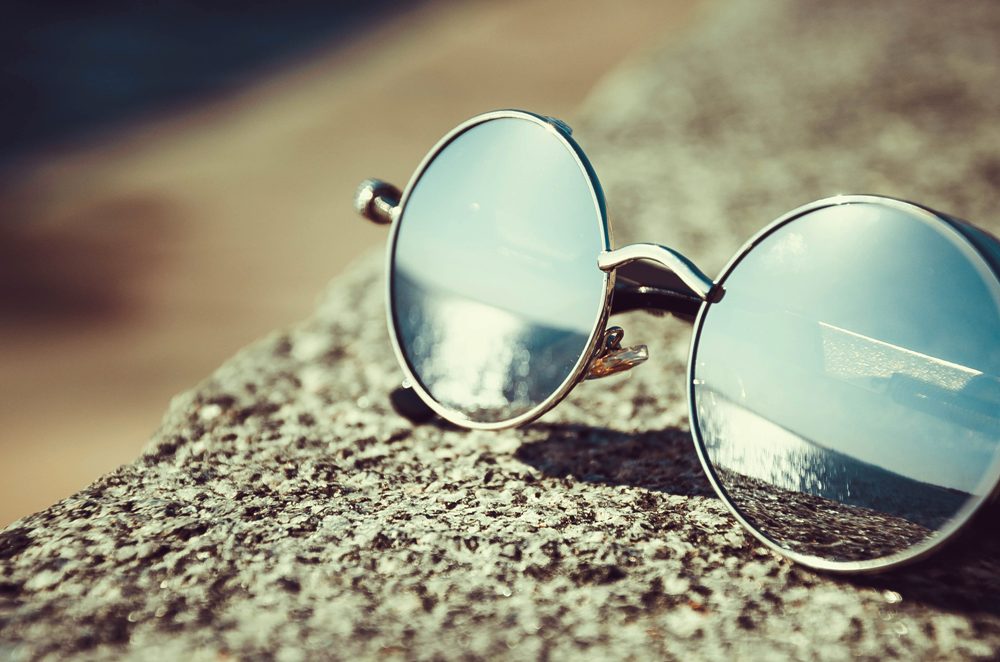UV Exposure on the Eyes
Almost everyone is aware of the damage solar energy, including ultraviolet (UV) radiation, can do to the skin. What is not as well known is the damage UV radiation does to the eye. This UV exposure is cumulative, so the exposure while on the beach as a child will add to the effects that result in damage later in life.
Solar radiation reaching the surface of the eye is focused and concentrated by the cornea, the clear outermost layer of the eye. The rays that pass through the pupil of the eye are absorbed by the lens of the eye. This UV radiation may cause cataracts in the lens of the eye. Studies show that the UV radiation that reaches the eyes from above, below, and the sides is concentrated and focused when it reaches the tissue on the opposite side of the eye. This radiation may cause changes to the tissue there.
AOA and FDA Recommendations
The American Optometric Association (AOA) recommends the use of sunglasses that block 99-100% of UV-A and UV-B rays to protect the eyes from this radiation. However, many styles of sunglasses do not protect the eyes from the solar radiation entering from the sides or around sunglasses.
Additional protection is offered by some contact lenses. These contact lenses absorb UV radiation by reducing the amount of radiation that reaches the surface of eye. The contact lenses also protect the areas of the eye from the radiation that comes from above or around the sides of sunglasses.
The U.S. Food and Drug Administration (FDA) has standards for UV-blocking contact lenses based on American National Standards Institute (ANSI) Z80.20 standards. There are two different classifications of UV-blocking lenses:
- FDA Class I blocker- recommended for high exposure environments such as mountains or beaches. The lenses in this classification must block more than
- 90% of UVA (316-380 nm wavelengths) and
- 99% of UVB (280 – 315 nm)
- FDA Class II blocker – recommended for general purposes. These lenses must block more than
- 70% of UVA and
- 95% of UVB
For people who wear contact lenses and do not wear wrap-style sunglasses, the amount of protection from UV radiation can be increased by wearing contact lenses that block UV.
What to Look For
The AOA Seal of Acceptance identifies ophthalmic products that conform to high standards. The products that have received the AOA Seal of Acceptance for UV Absorbing Contact Lenses are based on the FDA Class I standards. Be sure to tell your optometrist of your outdoor activities in all seasons so he/she can help identify your risk of UV exposure and the appropriate protection needed.
Reference : eyecare.org
For more helpful eye care and vision care tips, please visit our main blog page.


Having read this I believed it was very informative.
I appreciate you spending some time and effort to put
this article together. I once again find myself spending a lot of time both
reading and posting comments. But so what, it was still worthwhile!
Also visit my web site :: Woodworking
The best social media managers understand the balance between entertainment
and advertising! https://medium.com/@joelestle/social-media-manager-positions-c50943138dba